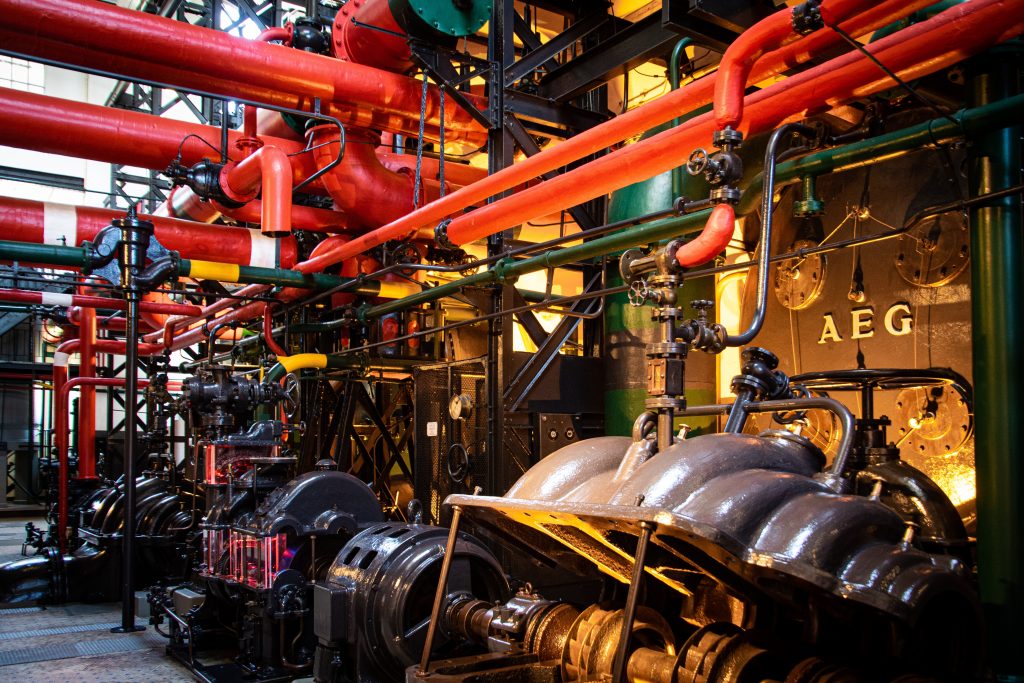
Read also: Optimizing the Calibration Process for Digital Logsheets
In an increasingly complex and modern industrial world, equipment calibration has become unavoidable. From measuring product quality to maintaining operational safety, calibration plays a central role. In the era of digital transformation, Digital Logsheet technology has emerged as a solution that leads to smart calibration. This article will explore how Logsheet Digital plays a role in driving smart calibration in industry, optimizing efficiency, accuracy and monitoring.
Increased Efficiency with Digital Logsheets
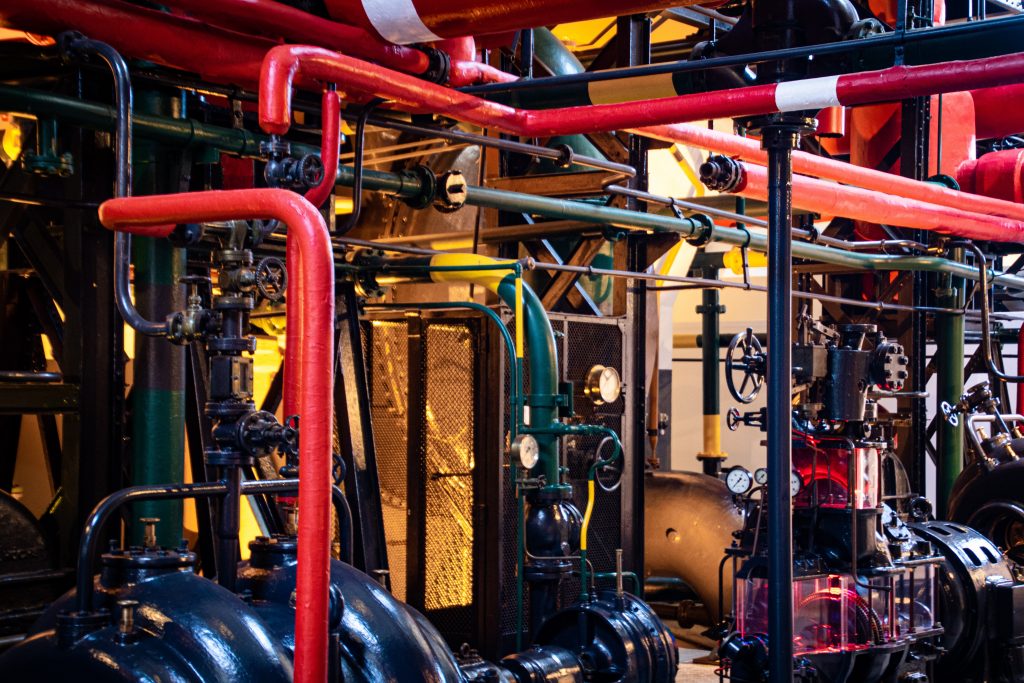
Read also: Implementation of Digital Logsheet for Safety Inspection Records
Digital Logsheet enables real-time tracking and recording of calibration data. This speeds up the calibration process, reduces downtime, and increases productivity. Digital Logsheet is capable of delivering tremendous efficiency improvements in the calibration process, by enabling real-time data collection, rapid analysis, and timely action to increase overall productivity.
Improved Accuracy and Compliance
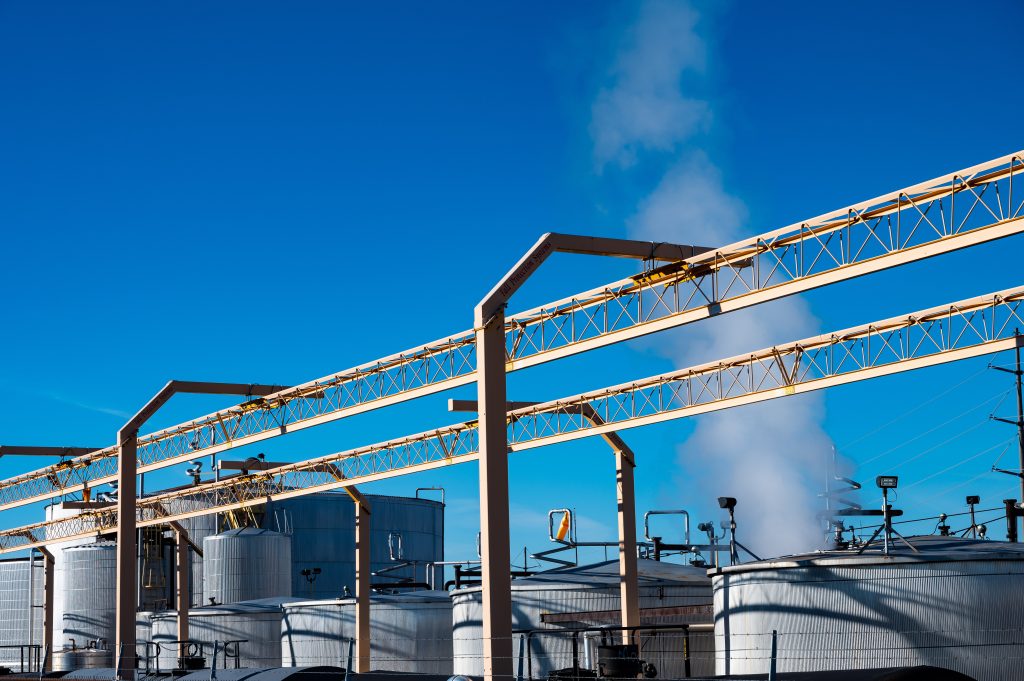
Read also: Enhancing Product Quality Digital Logsheet-Based Monitoring
With Digital Logsheet, calibration data is stored accurately and guaranteed. The entire calibration process is recorded in detail, ensuring each stage is monitored precisely. This not only improves calibration accuracy but also ensures compliance with applicable standards and regulations. By using Digital Logsheet, the industry can achieve significant improvements in accuracy and compliance in the calibration process, driving more consistent and standards-compliant results.
More Effective Supervision
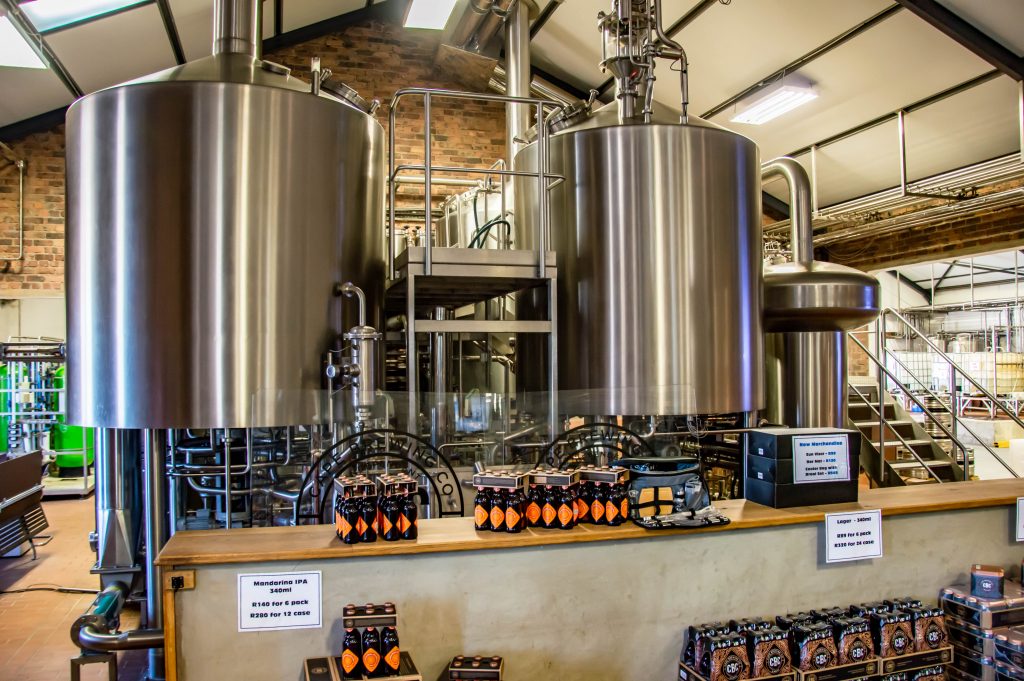
Read also: Enhancing Digital Logsheet Operational PT. Nocola at PEPC
Digital Logsheets enable more effective monitoring of calibration schedules and equipment to be managed. Automatic notifications and reminders can be set, avoiding delays and deficiencies in calibration. This helps keep equipment working optimally and minimizes the risk of damage. The implementation of Digital Logsheets allows for more effective and detailed operational monitoring of the calibration process and the equipment that must be monitored.
Conclusion
Utilization of this technology leads to better efficiency, accuracy and monitoring in the calibration process. With Digital Logsheet as a foundation, the industry is able to deliver calibration that is smarter and more responsive to the demands of an increasingly dynamic environment.





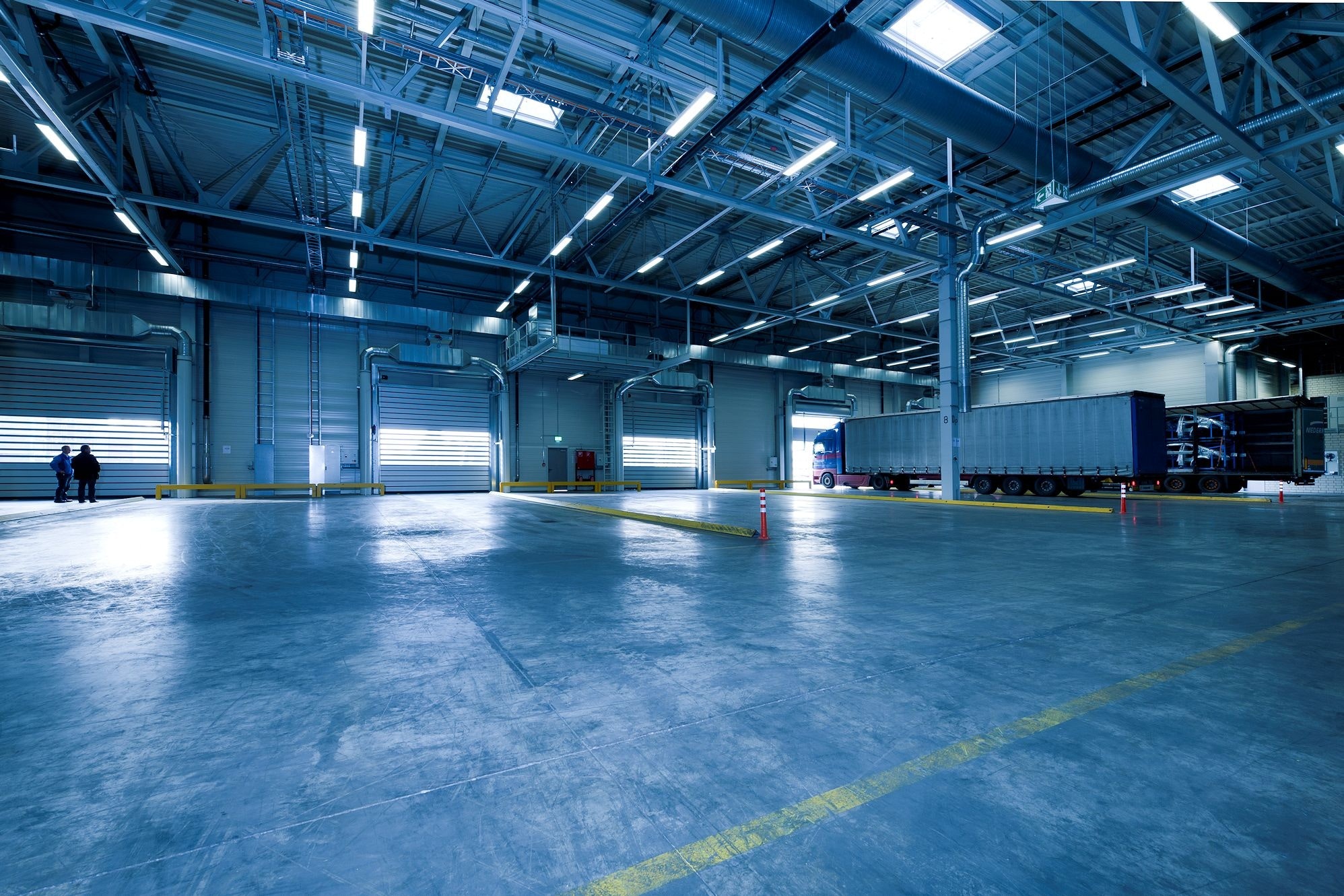
comments (0)